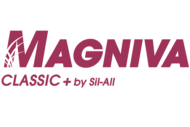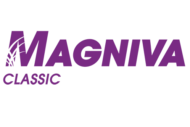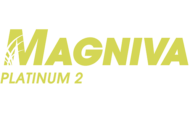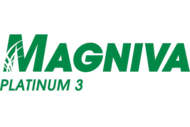A brief history of Lentilactobacillus buchneri NCIMB 40788.
In the mid 1990s, the world-renowned Dutch institute of animal health and animal production (ID-DLO) presented data from trials carried out on corn silage with a novel lactic bacterium. The data presented showed the treated silages were significantly more aerobically stable than the untreated controls when opened, with reduced heating and dry matter (DM) losses from spoilage. The organism involved was Lentilactobacillus buchneri strain 40788, and the data released highlighted the differences in stability shown in the trials were significantly greater than those achieved by other inoculants on the market at that point time.
This experiment began intensive research to answer key questions. First, would the effect be reproduced over a range of conditions and crops? After trials on a range of crops in a number of countries, the answer is an emphatic “yes!” However, the organism needed to be applied at higher levels than traditional inoculants at the time. Second, could the organism be manufactured efficiently to produce cost-effective products? This took some time, but it has been achieved after extensive production optimization research. Third, would silages treated with L. Buchneri 40788 perform well when fed to high-producing dairy cows?
Data from feeding trials also showed that Lentilactobacillus buchneri 40788-treated silages are highly palatable and can increase milk and meat production. Finally, it was vital to fully understand the mode of action that gave Lentilactobacillus buchneri this unique characteristic in improving aerobic stability of many silages. Eventually the puzzle was solved, Lentilactobacillus buchneri had the ability to produce small amounts of acetic acid and other compounds all of which actively inhibit yeast and mold growth, the two main organisms that cause silage to heat and spoil.
Lentilactobacillus buchneri 40788 was registered for the European and U.S. markets in the late 1990s and early 2000s and has been in practical use first under the Biotal brand. It was extremely successful, saving farmers huge amounts of DM and reducing the need to buy more purchased feed or silage to make up for spoilage losses. The bacterium was patented in conjunction with ID-DLO, and, in 2001, Lallemand Animal Nutrition launched its Lalsil range of inoculants, which included Lentilactobacillus buchneri globally — meaning producers across the world could take advantage of the bacterium’s unique properties.
The only downside of Lentilactobacillus buchneri was the silage is required to remain sealed for at least 45 days, limiting the flexibility to use forage quickly.
Since its launch more than 20 years ago Lentilactobacillus buchneri NCIMB 40788 changed and influenced the way many producers make silage. Dry matter of forages has increased — making them of better feed and energy quality. Producers were confident the silage would not heat or spoil, despite being drier. Moreover, Lallemand’s commitment to R&D led to a 10-year research project, which was designed to find a new bacterium that could be used in conjunction with the gold standard Lentilactobacillus buchneri NCIMB 40788 to help reduce the numbers of days aerobic stability could be guaranteed. Launched in 2018, the MAGNIVA Platinum range contained a newly discover bacterium, Lentilactobacillus hilgardii CNCM 4785. In conjunction with Lentilactobacillus buchneri 40788, improves preservation and aerobic stability significantly over a wide range of forage types after just 15 days ensiling. This gives producers far more flexibility to utilize the silage when they need it, without compromising silage stability.






